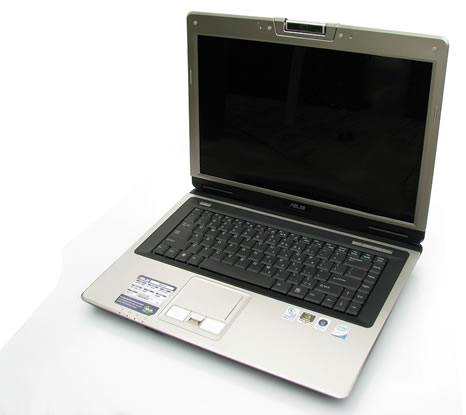Asus is widely renowned in the world of PC peripherals for their quality motherboards and graphics cards. Recently, however, they have also started to make big waves in the world of mobile computing, and it's not just the ultra-portable Eee that should be getting all the attention.
Known simply as the Asus C90S, this is the first product to be released on a new series of laptop barebones that the manufacturer is aiming at the mobile performance crowd.
Unlike conventional laptop computers, the C90S is an upgradeable laptop, meaning that the user is free to replace many of its core components including the processor and the graphics card. Possibly even more interesting than this is Asus' choice of platform, not quite the standard for a mobile system.

The Asus C90S is powered by Core 2 desktop processors rather than the 'Merom' mobile variety. That includes support for the 800MHz FSB Allendale models, as well as the 1066MHz FSB Conroe processors. It is possible, then, to configure the C90S with a Core 2 Extreme X6800 processor operating at 2.93GHz if you'd choose to do so, which certainly makes the C90S a very unique laptop, or should we say mobile desktop replacement.
On the not so bright side, the C90S motherboard is based on a rather old chipset, namely the Intel 945G which does not support newer 45nm Core 2 Duos. But we will get onto that into more detail on the pages ahead.
The fun doesn't stop there however. Asus has included a few rather unique features for a mobile system. Given the C90S' use of desktop Core 2 processors, which are known to overclock really well, it would have been silly not to exploit these capabilities, don't you think?
Defiant of how much cooling you can put forth in such a tight package, Asus has included a feature that will let you overclock the processor up to 20% with the flick of a switch. That's really pushing it, trying to make the C90S a genuine desktop replacement, but first let's see in detail how the C90S has been built from the inside out.